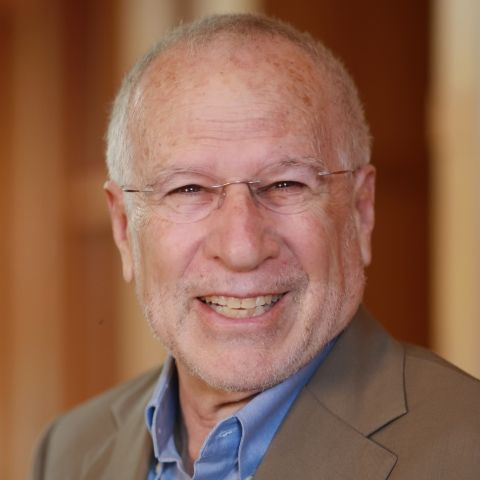
It is commonly argued that one virtue of common-law rule-making (or law-making) is that the common law judge is enriched in being able to make legal rules while simultaneously seeing one concrete application of such a rule. Under the traditional view, the live dispute before the law-making court gives that court an appreciation of the real people, real facts, and real controversies with which the rule must deal. But legal rules, unlike adjudications, are general, and thus encompass multiple individuals and multiple facts. The task of the common law rule-maker, is therefore to assess the larger field that the putative rule will cover, and the larger array of events that the rule will control. Doing this in the context of a concrete controversy, however, is likely to give the rule-maker a distorted rather than accurate picture of what the larger array looks like. The phenomena of availability, anchoring, and issue framing, each well-documented in modern behavioral economics, social psychology, and political science, will all serve to focus the court's attention on the immediate case, and at the same time lead the court to believe that the immediate case and its salient features are more representative of the larger array than is in fact the case. The very availability of the concrete dispute, exacerbated by the obligation of having to decide it, may thus be far more distorting than illuminating to a law-making court, and may consequently call into question the traditional respect not only for the value of concrete disputes and concrete parties as providing the best platform for prospective law-making, but perhaps also for the common law method in general.